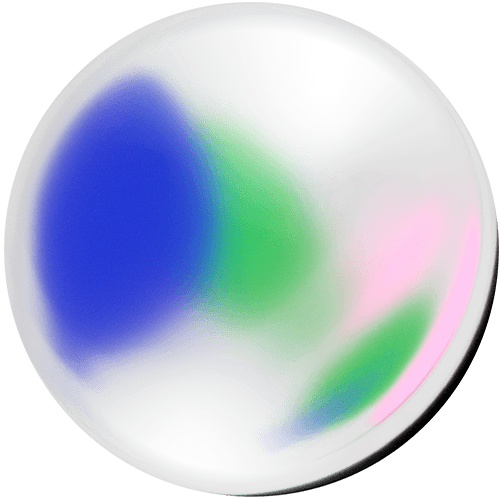
Federated learning
The future of federated learning in healthcare starts here

Decentralized machine learning
Instead of gathering data on a single server, the data remains locked on servers as the algorithms and only the predictive models travel between the servers.
The goal of this approach is for each participant to benefit from a larger pool of data than their own, resulting in increased machine learning performance, while respecting data ownership and privacy.
Unlocking data at scale
The ability to train machine learning models at scale across multiple medical institutions without pooling data is a critical technology to help address patient privacy and data protection concerns.
A successful implementation of federated learning in healthcare could hold significant potential for enabling precision medicine at a large-scale; helping match the right treatment to the right patient at the right time.
Hospitals, research centers and biopharma companies need to start collaborating
Researchers can leverage federated machine learning to access the volume of data needed to transform healthcare with AI at scale, while respecting patient privacy and confidentiality
Federated learning creates endless possibilities for data scientists and researchers to work on emerging research questions and improve their models, trained across many diverse and representative datasets.
Models that are more accurate in their predictions also reduce healthcare cost for providers and insurers, which are under increasing pressure to provide value-based care with better outcomes.
Federated learning collaboratively trains machine learning models in a distributed manner, without the need to exchange the underlying data. Algorithms are dispatched to different data centers, where they train locally.
Once trained, only the algorithm returns to the central location, not the data it trained on. At this point, the improved predictions are then sent to each local dataset to retain and improve.

